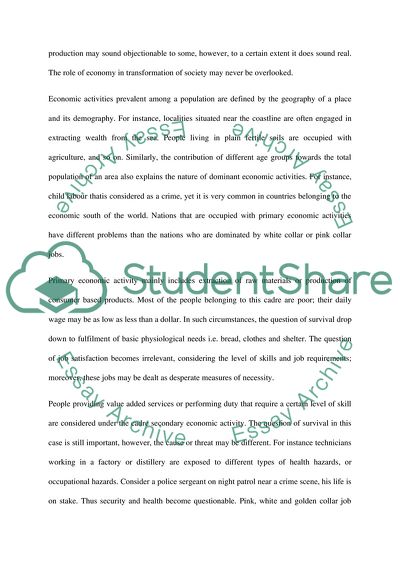Cite this document
(Why Have Debates about WorkLife Balance Come to Prominence in Recent Years Literature review Example | Topics and Well Written Essays - 2750 words, n.d.)
Why Have Debates about WorkLife Balance Come to Prominence in Recent Years Literature review Example | Topics and Well Written Essays - 2750 words. https://studentshare.org/sociology/1834568-sociology-of-work-and-organisation
Why Have Debates about WorkLife Balance Come to Prominence in Recent Years Literature review Example | Topics and Well Written Essays - 2750 words. https://studentshare.org/sociology/1834568-sociology-of-work-and-organisation
(Why Have Debates about WorkLife Balance Come to Prominence in Recent Years Literature Review Example | Topics and Well Written Essays - 2750 Words)
Why Have Debates about WorkLife Balance Come to Prominence in Recent Years Literature Review Example | Topics and Well Written Essays - 2750 Words. https://studentshare.org/sociology/1834568-sociology-of-work-and-organisation.
Why Have Debates about WorkLife Balance Come to Prominence in Recent Years Literature Review Example | Topics and Well Written Essays - 2750 Words. https://studentshare.org/sociology/1834568-sociology-of-work-and-organisation.
“Why Have Debates about WorkLife Balance Come to Prominence in Recent Years Literature Review Example | Topics and Well Written Essays - 2750 Words”. https://studentshare.org/sociology/1834568-sociology-of-work-and-organisation.


